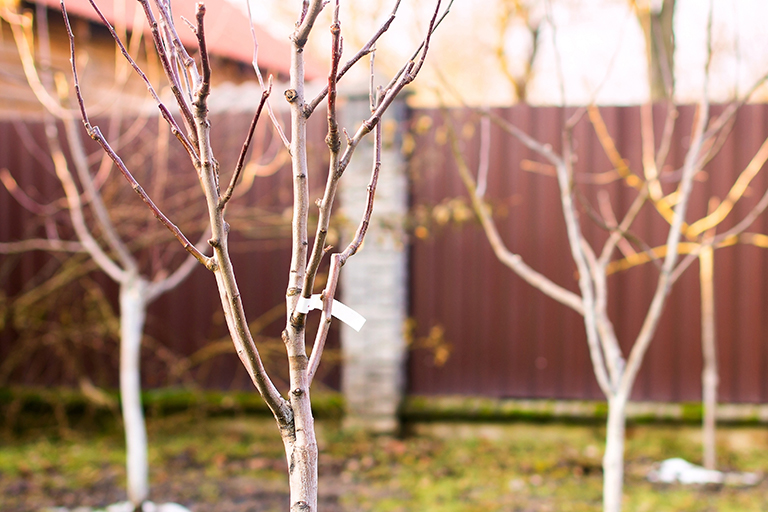By Vicki Spencer
I am often surprised when people say they can’t grow fruit trees in Colorado. Growing up along the Front Range, I have fond memories of playing in my grandmother’s miniature orchard. She grew several varieties of apples, cherries and peaches. She taught me that fruit trees are a long-term investment through the annual rituals of pruning, harvesting and canning. Even though it takes several years for trees to bear fruit, they will bring decades of enjoyment if cared for properly.
After purchasing my first home, friends and family gave me saplings to get started. I couldn’t turn down free trees and, better yet, I knew they were acclimated to the area and produced delicious fruit. Today, most people buy trees at local garden or big box stores. If you want to make the best choices, it helps to do a little research first.
Four things to consider are the tree’s hardiness, the length of time for cold weather dormancy, the length of the growing season and disease susceptibility. Trees that can survive minus 25 degrees and do well in most of our state are apple, sour cherry, plum and pear. Peaches and nectarines also grow well but suffer damage at minus 12 to minus 14 degrees unless planted in sheltered locations. In general, you will have more success by selecting varieties with shorter growing seasons.
Colorado State University Extension Service suggests fruit trees suited to Colorado’s climate. I’ve had success with Red and Golden Delicious, Honeygold, Regent and Keepsake apples; Luscious pears; Montmorency tart cherries; Autumn Star and Madison peaches; and Toka plums. It’s important to note that some trees, like apple and pear, do not self-pollinate, so you need to plant more than one for cross-pollination.
Pruning is an important step in ensuring strong, healthy fruit trees. If you begin proper pruning while trees are young, they will only require moderate annual pruning, and the branches will be less susceptible to breakage when bearing fruit. Pruning is best done in late winter or early spring, just before buds break out. Even though well-pruned trees will be less likely to succumb to disease, you should keep an eye out for common diseases, such as fire blight, powdery mildew and Cytospora canker.
Once your trees start producing, you will probably have more than you can eat. When I was young, we canned our fruit. Drying was also an alternative, but since we made jelly, canning was our preferred method of preservation. After freezers became affordable, my family switched to freezing fruit. It’s the simplest preservation method and the fruit retains much of its freshness and shape. We wash and dry the fruit, cut to desirable size, and sometimes add ascorbic acid to preserve the color. Then we freeze in bags at 0 degrees for 8 to 12 months.
There are many benefits to growing your own fruit trees. The fruit tastes better picked right off your own tree, it’s healthier if you avoid pesticides and you can enjoy it for months with friends and family when you have abundant harvests.
Gardener Vicki Spencer has an eclectic background in conservation, water, natural resources and more.

